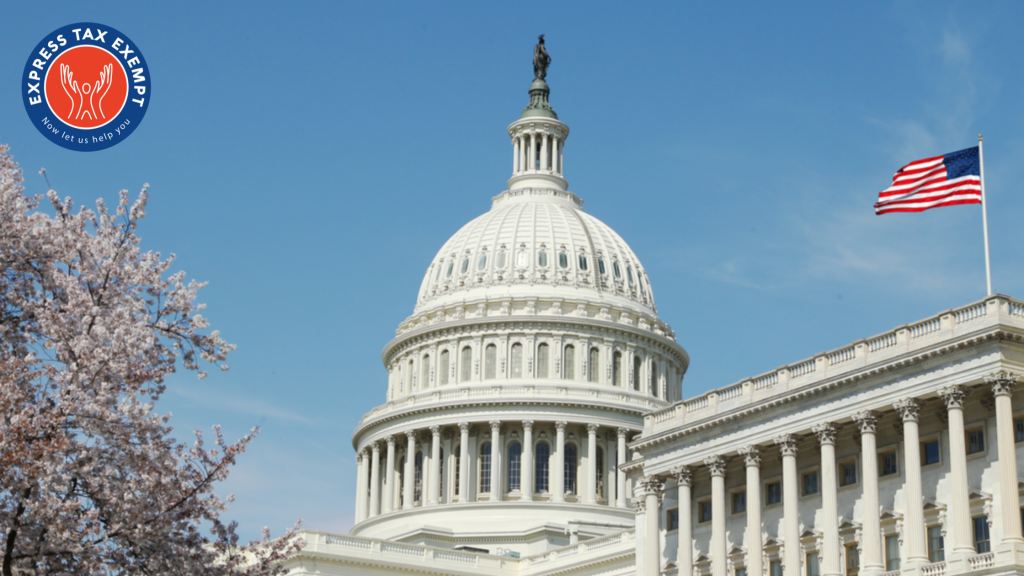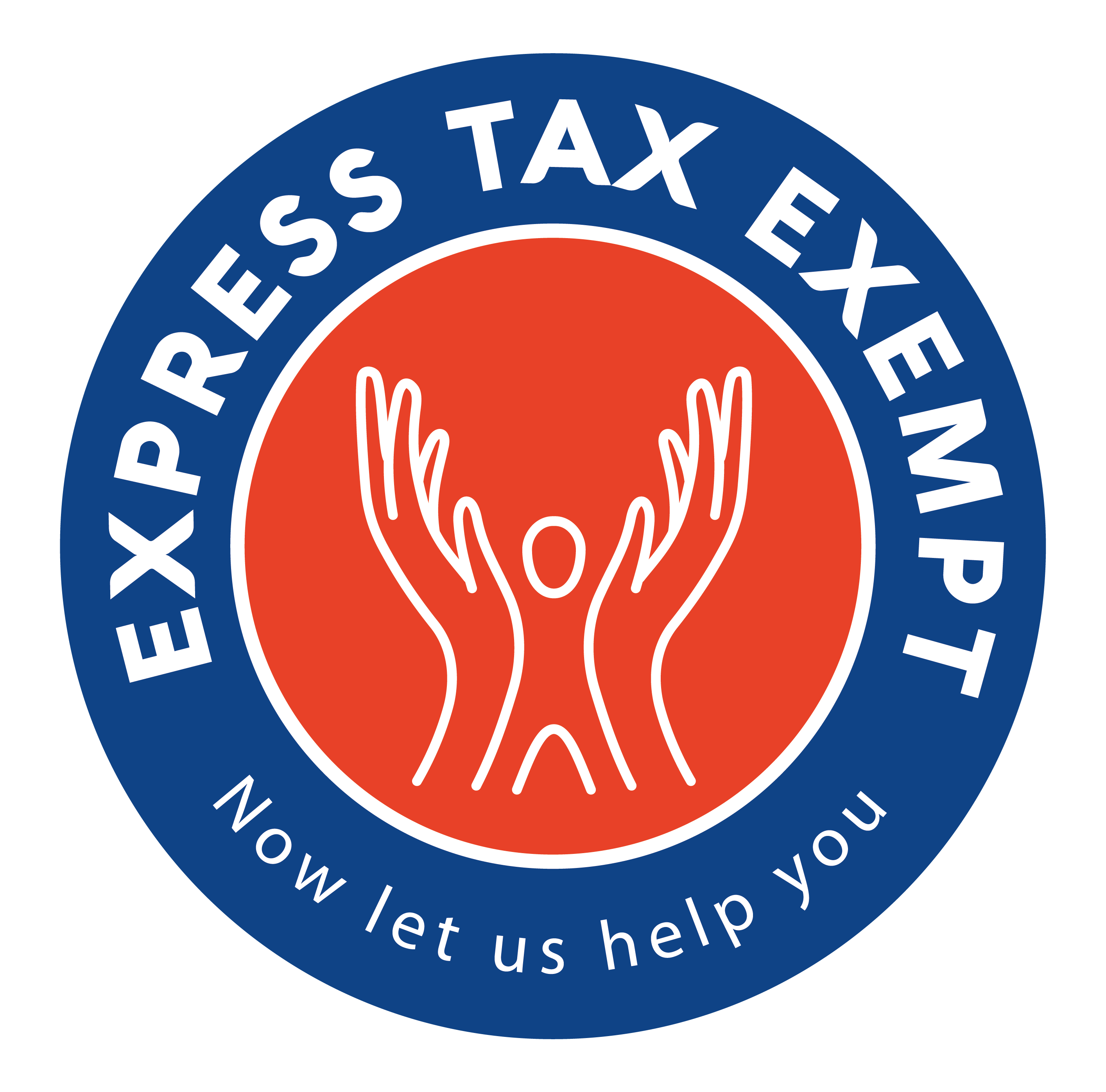The American Rescue Plan Act of 2021 Makes More Nonprofits Eligible For PPP. Apply by May 31, 2021

The American Rescue Plan Act of 2021 (ARP), signed into law on March 11, 2021, is good news for some nonprofits. The ARP brought new tax relief provisions and opened up the Paycheck Protection Program (PPP) for nonprofit organizations.
As we approach the May 31, 2021 extended PPP loan application deadline, here is your review on the ARP and how it may be helpful for your organization in 2021. It’s also a good time to make a plan for reporting COVID-19 related tax relief to the IRS.
What is The American Rescue Plan Act of 2021?
Also known as the COVID-19 stimulus package, the American Rescue Plan is an economic stimulus bill passed by the 117th U.S. congress to help with the impact of COVID-19. The goal is to improve the economy and public health.
What’s New for Nonprofits?
The ARP is extending the Paycheck Protection Program to more nonprofits. Under the CARES Act and the Consolidation Appropriation Act, some nonprofits were already eligible for PPP loans, but now, even more organizations are able to apply.
PPP for Nonprofits
Along with letting more nonprofits in, the ARP is pouring $7.25 billion dollars into the Paycheck Protection Program. The Paycheck Protection Program offers loans to help employers keep employees on payroll, even if they’re suffering hardships due to COVID-19.
Businesses and nonprofits can use these loans to pay for up to 60% of their payroll costs. PPP loans can also be used for utilities, rent, operational expenses, property damages, supplier costs, worker protection, and employer-sponsored insurance.
As long as employers only use them for these approved expenses, they are eligible to get their PPP loans forgiven.
Who Is Eligible?
Before the new ARP, some 501(c)(3), 501(c)(19), and 501(c)(6) organizations were eligible for PPP loans. Now, the requirements are opening up to include 501(c)(5), 501(c)(7), and 501(c)(8) organizations.
There are also new guidelines that let larger 501(c)(3), 501(c)(19), and 501(c)(6) organizations receive PPP loans, as long as they have fewer than 500 employees at their location.
There are some extra rules for nonprofits when it comes to PPP. Organizations can’t get more than 15% of their receipts from lobbying activities and more than 15% of their total activities cannot be lobbying activities. These organizations should not spend more than a million dollars on lobbying activities during the tax year.
Your organization type does more than determine the tax relief you’re eligible for. Click here to find out about your IRS requirements.
2nd Round of PPP
If your organization already got a PPP loan before the ARP, you may be eligible for a second one. To qualify for a second PPP loan, your organization needs to have a 25% drop in gross receipts from 2019 to 2020. Your nonprofit should also have 300 employees or less.
If you meet the other requirements but used your first PPP loan for unauthorized expenses, you will not be eligible for a second one. For more on PPP2 for nonprofits, visit this blog.
How to Report ARP Relief to the IRS
If your nonprofit received a PPP loan or you’re thinking about applying for one, it’s important to remember that you’ll need to report that information to the IRS. Nonprofits should file Form 990 every year to report all their financial information and keep their organization penalty-free and IRS complaint.
Be sure to mention any PPP loans you received (and the expenses you used them towards) when you file Form 990.
For all your tax-exempt Form 990 filing needs and the latest tax news, ExpressTaxExempt is here to support your organization.

